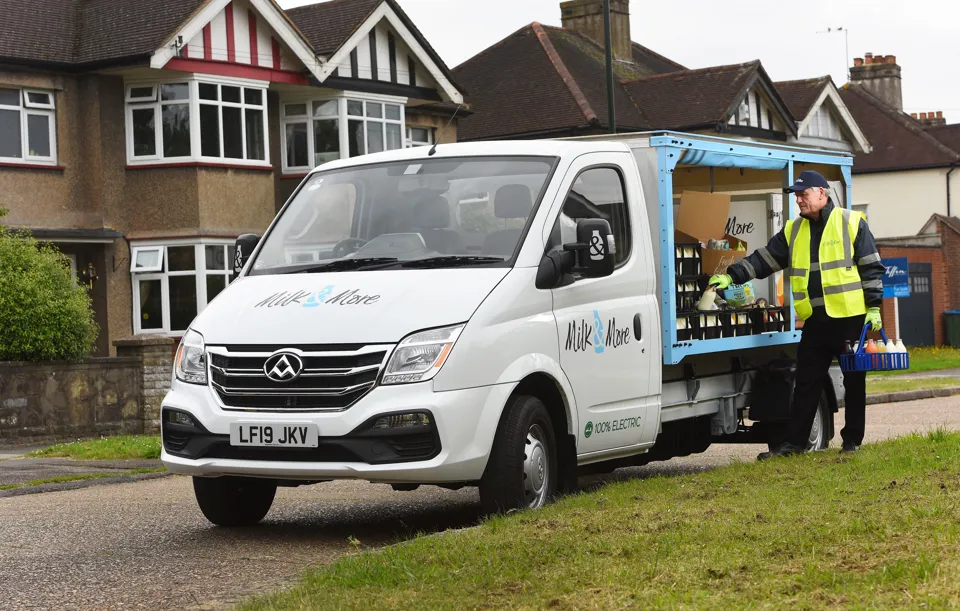More and more van operators are using schemes such as the Clean Van Commitment to pledge to electrify their fleets.
The commitment is overseen by Global Action Plan and, so far, 49 organisations have made the public pledge to transition their 72,000 vans in cities to zero tailpipe emissions by 2028.
At the Move conference in Excel London in February, three of these – Milk & More, the Department for Environment, Food and Rural Affairs (Defra) and Commercial Group – discussed some of the issues they face.
What challenges do you have with charging your electric vehicles?
Andrew McKenzie, head of CSR at Commercial Group: At the moment our drivers take their diesel vans home at the end of their delivery runs and drive them to the depot the following morning.
We are looking at rolling out more EVs and the challenge of this is how they can charge: they might not have off-street parking, they might not own their property and may not be able to get permission from their landlord to install a home charger.
Even if they do have off-road parking, is their space big enough for a full-size commercial vehicle? These are the challenges we are facing so we are trying to find solutions that accelerate charging at depots, but that, in turn, stresses out the available power to those sites as well.
Marc Ling, fleet manager at Milk & More: Our employees don’t take their electric vans home overnight and when they’re being charged at some of our sites this puts us close to our electrical capacity.
We’ve been able to balance the load on the chargers by marrying vehicles that do longer routes with ones that do shorter routes.
David Collins, senior project manager at Defra: We’ve got many and varied sites around the country and some are very obscure operational locations in the middle of nowhere.
We are finding that, at the majority of our sites, we are getting towards the top of our electrical capacity so we will probably put as many chargepoints in as we can without upgrading the grid connection.
We find that if you use the existing on-site wiring, then it costs around £7,500 to put a chargepoint in but if you need to bring in a new grid connection, you are easily talking five figures dependent on how close the sub-station is. It could even be £50,000. We are having to think a bit more laterally about that now, how we can use battery storage, how we can use solar charging etc.
How have you helped your drivers adapt to EVs?
Marc Ling: We took the approach that we are not going out to teach them to drive, we will show them how to drive differently. One of my team members goes out and trains every driver.
This includes vehicle familiarisation, how to charge them, how to get the best range from the vehicle and things like that. I get around to a lot of our depots and ask the drivers how they’re getting on with the EVs and they say ‘please don’t give me the diesel back, I love the electric van’.
It’s a culture thing. If you can get the guys and the drivers on side, they will work with you and make it work.
David Collins: We have been working with Energy Saving Trust (EST) to provide eco training to all drivers and teams.
We also have a customer-facing team which has been working with manufacturers to ensure that its members are able to answer drivers’ queries, and solve the niggles first-time without having to go further up the chain to prevent issues blowing up out of all proportion.



















Login to comment
Comments
No comments have been made yet.